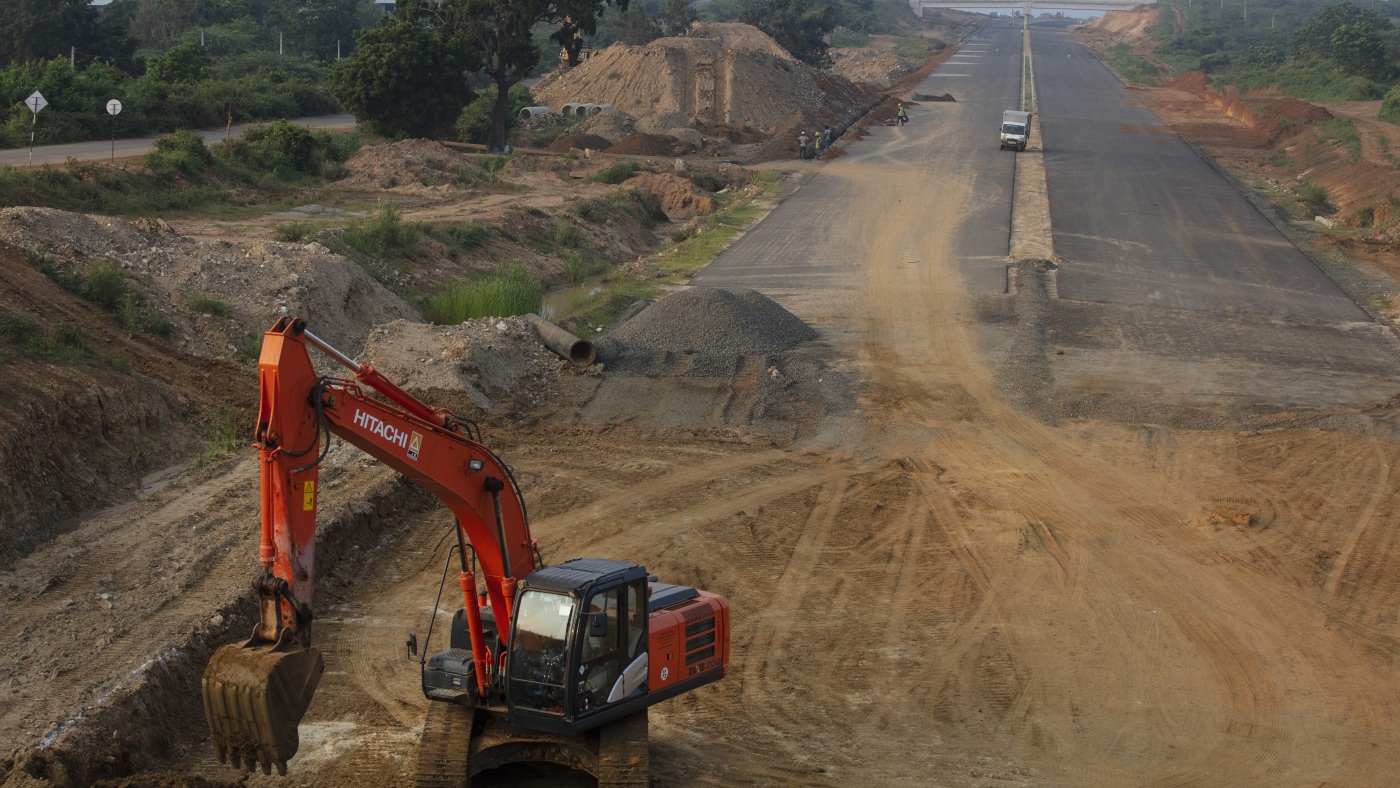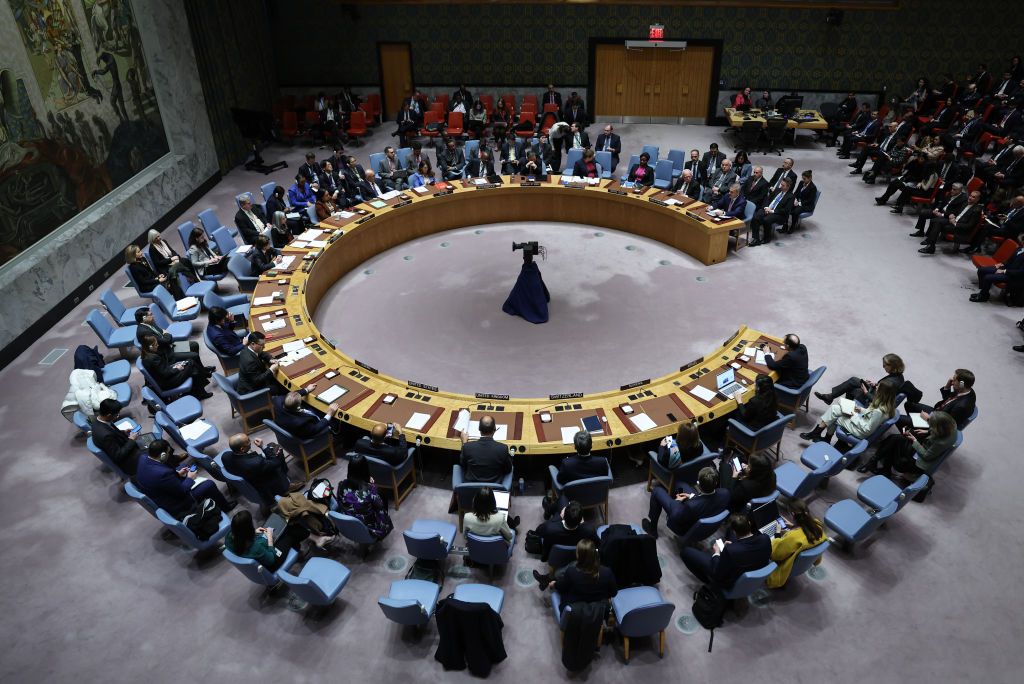China Emerges as the Largest Debt Collector in the Developing World, Warns New Report

In a significant and concerning shift in the global financial landscape, China has become the largest debt collector among many of the world’s poorest nations, according to a recent report from the Lowy Institute, an influential foreign policy think tank based in Australia. This development raises serious questions about the potential risks to poverty alleviation efforts and the stability of these nations.
The report highlights a notable decline in China’s international lending, particularly related to the ambitious Belt and Road Initiative (BRI). This initiative has been instrumental in funding an extensive network of railways, ports, and roads across developing countries. The trend of reduced lending began even before the COVID-19 pandemic struck the globe, signaling a strategic shift in China’s approach to international finance.
As detailed in the report titled Peak Repayment: China’s Global Lending, a significant factor behind this shift has been the diplomatic pressure within China to restructure unsustainable debts. The Chinese government is increasingly focused on recovering outstanding debts from borrowing nations, a move that might be seen as a necessary step to maintain financial stability.
Critics have long speculated that China’s lending strategy is designed to ensnare developing nations in a “debt trap,” limiting their financial autonomy and increasing China's influence. However, Deborah Brautigam, the director of the China-Africa Research Initiative at Johns Hopkins University, suggests that it's more accurate to view China's lending practices through a lens of commercial strategy rather than outright political manipulation. She points out that Chinese lenders are currently undergoing a steep learning curve when it comes to debt restructuring, indicating a gradual transition towards a more cautious and responsible approach that prioritizes debt sustainability.
Initially, the state-owned China Export-Import Bank dominated the lending landscape; however, as the volume of loans has decreased, commercial banks are stepping in to fill the void. Brautigam notes that while these banks faced challenges due to the pandemic and debt repayment difficulties, they are still actively seeking new opportunities in overseas markets.
As of 2023, a staggering 25% of the external debt in developing countries is owed to China. These nations collectively owe Beijing at least $35 billion this year, with debts arising from various regions including Africa, South America, the Pacific Islands, and parts of Asia. This financial burden poses significant risks, particularly for countries that relied heavily on Chinese loans in the past decade.
Some nations, especially those rich in critical minerals and battery metals, such as the Democratic Republic of Congo, are somewhat insulated from China’s tightening lending policies. However, for other countries, including Pakistan, Kenya, Zambia, Laos, and Mongolia, the consequences of heavy debt burdens are becoming increasingly dire. An analysis from the Associated Press reveals that debt servicing in these nations is severely limiting available tax revenues, which are essential for funding education, electricity, food, and fuel – basic needs for their populations.
The Lowy Institute report emphasizes that the pressure from Chinese debts is part of a broader set of challenges facing the poorest and most vulnerable economies worldwide. These challenges are compounded by the impact of U.S. tariffs and a decline in global aid from the increasingly isolationist United States and a distracted Europe.
Another significant issue raised by Brautigam is the difference in the nature of foreign assistance. While U.S. foreign aid has largely been provided as grants since previous debt crises, Chinese assistance primarily comes in the form of loans. These loans typically include grace periods of 3 to 5 years, which have started to expire in the early 2020s. Without fresh concessional financing or coordinated debt relief, many debtor countries will find their budgetary pressures intensifying, hindering development efforts and increasing the chances of political instability.
The repercussions of these financial challenges are already evident in various regions, particularly in Africa. In Kenya, for instance, Chinese loans account for approximately 10% of the external debt. The China-funded Nairobi-Mombasa rail line has become a focal point of criticism, with some viewing it as corrupt and underperforming. This growing discontent was palpable in the recent presidential elections, where William Ruto won his seat largely by tapping into populist sentiments that fueled anti-China rhetoric. The situation in Kenya serves as a stark reminder of how foreign debt can affect public opinion and, consequently, influence domestic politics and international relations.
Similarly, Sri Lanka's financial crisis in 2022 illustrates the dangers of excessive debt. Facing near-total financial collapse, Sri Lanka defaulted on its external debts and was forced to renegotiate a staggering $4.2 billion owed to China, which is its largest lender. Such defaults complicate a country’s ability to secure future borrowing and can severely undermine confidence in its economy and currency.


























